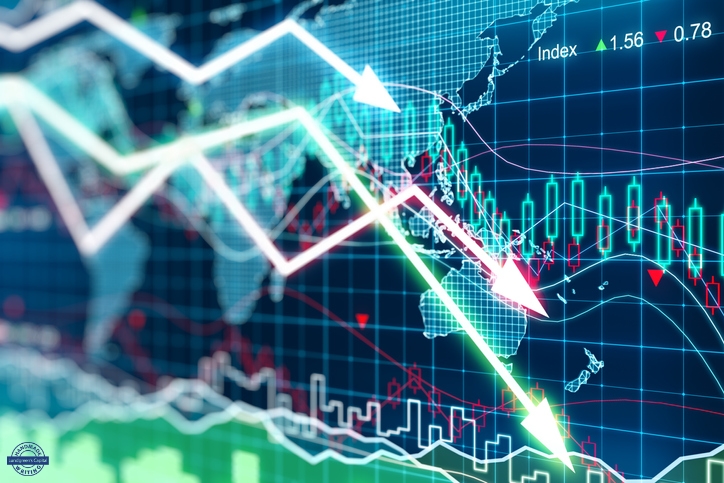The next global crisis is underway
The Covid-19 pandemic really gained momentum during the first quarter of 2020, approximately 1½ years ago. From a global retrospective in risk management, one could assume that a global crisis arises every ten years. Based on this background, one could then argue that there are 8½ years left until the next global crisis hits us and the global economy.
Individual investors can have a rather differentiated attitude towards that view. To investors who are still enjoying the summer holiday on a hammock by the pool side, 8½ years can be quite long, but carefree. For someone back at the office and giving the financial markets a thorough consideration, then it is uncertain how far the world has come out of the crisis. If one wants to stress test the further thinking, then the economic costs of Covid-19 should be paid back before the next global crisis arises, the global economy should also be back on track, and ideally, an economic buffer should even be built to withstand the next crisis – but can it be done?
That’s a good question, and hardly possible to give a decent answer to. A current challenge is to quantify if the world is on the way out of the pandemic at all? With only 15 pct. of the global population fully vaccinated so far, it is hard to say that the job is done. The Delta Plus mutation could also represent an additional risk, but the latest known mutation, the Lambda variant, can be a real risk, as it might be resistant to the currently available vaccines.
As described, the current pandemic might not even be close to an end, which embeds a significant risk for the stock markets. But let’s follow the bright track and assume that the pandemic will soon come under control, and the global economy starts to move forward in a unified way. The stock market has already priced this positive development in the stock prices. But even on the bright track, there will be enormous economic headaches to cure, as the rescue packages in many countries have simply been a sort of survival solution, without further aim of economic aid.
With some luck, the two global economic superpowers, US and China, will be back on track within another year, though it all depends on how the pandemic develops or stops its further development. Even the American economy has a huge new debt pile to deal with and will not be able to create an economic buffer on a federal level ahead of the next crisis.

Still staying on the bright track, the Eurozone, as usual, is facing the biggest uphill battle. The toughest reason is simply that the Southern European countries never got out of the past global financial crises (GFC), which officially ended 11 years ago in June 2009. Within the Eurozone, Italy and Greece are distinct examples, though an important economy like France has also let debt explode again (graphic one).
The European Central Bank did not manage to end its extreme monetary policy, as a response to the GFC before the Covid-19 crisis emerged. One could fear that some Southern European countries don’t recover from this crisis before the next one hits the world in 8½ years. Eight and a half years is a long time, but if nothing is done concerning reforming societies and economies, then time suddenly runs out quickly.
Despite the missing economic reforms, particularly in the Eurozone, economies move on every day. It should not be a surprise that the hefty monetary intervention from the central banks skews some sectors significantly. The asset inflation with ongoing rising prices on stocks and bonds is well-known. “So what?”, some investors might say, but what’s good for some can be a challenge for others.

The asset inflation also hits the real estate market, which is a global phenomenon. This was recently confirmed by the Organisation for Economic Co-operation and Development (OECD) in a research report showing that in the first quarter this year, house prices have gone up at the fastest pace in the past 30 years, and it is broad among almost all the 40 OECD countries. The development in Great Britain (graphic two) is just one example. On the other hand, this development, at the same speed, increases the challenge about building enough affordable housing – also a worldwide problem, and another example on how households with low incomes are getting squeezed.
These are examples of very big economic challenges that need to be solved before the next global crisis. One step could be to stop the extreme monetary intervention from the central bank, which will hurt the global real estate market and assets in a broader perspective. A further EU/Eurozone-based action could be to support the Italian economy with a “solidarity tax” paid by all European households, or other tax/wealth transfer solutions. This will dampen the growth in Europe, but at some point, major steps need to be taken ahead of the next crisis, and one day, this will really challenge investors – although not right now.






